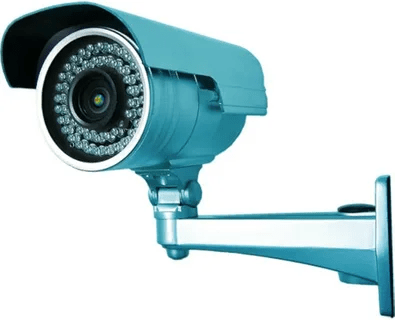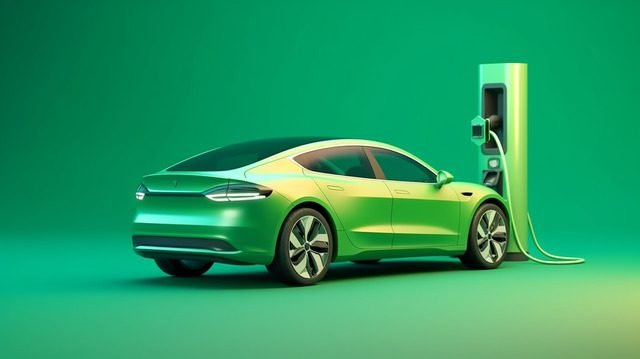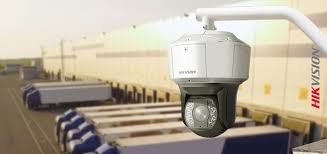As energy costs continue to rise, many homeowners are seeking solutions to reduce their monthly utility bills. Investing in a 6.6 kW solar system can significantly lower energy expenses, enhance your home’s value, and contribute to a greener planet. In this guide, we’ll explore the benefits of a 6.6 kW solar system, its financial advantages, how it works, and why it’s an excellent choice for residential properties.
Understanding the 6.6 kW Solar System: Why Size Matters
A 6.6 kW solar system typically comprises 16-20 solar panels, depending on their wattage. This system size is considered ideal for average households, as it can generate enough electricity to cover typical energy consumption. For most homes, this means covering around 20-25 square meters of roof space to install the panels efficiently.
Why 6.6 kW is Ideal for Homeowners
- Optimal Power Generation: This system size produces approximately 25-30 kWh of energy per day, enough to power most household appliances, lighting, heating, and cooling systems.
- Balancing Cost and Savings: While larger systems generate more energy, they may not be cost-effective for average energy needs. A 6.6 kW system strikes the right balance between initial investment and long-term savings.
- Government Incentives: Many governments offer rebates and incentives for systems in this range, making it easier to recoup installation costs quickly.
The Financial Benefits of a 6.6 kW Solar System
1. Significant Reduction in Monthly Utility Bills
A well-sized solar system can eliminate a substantial portion of your electricity bill. For most households, a 6.6 kW system provides enough energy to drastically reduce reliance on the grid. In many cases, homeowners with this setup can achieve monthly savings of up to 70-90% on their power bills, depending on location, energy rates, and consumption habits.
2. Quick Return on Investment (ROI)
Due to government incentives, rebates, and feed-in tariffs, the initial cost of a solar system has become more manageable. A 6.6 kW system typically pays for itself within 3-5 years, depending on local energy rates and available incentives. From this point forward, the savings directly add to your financial well-being.
3. Increased Property Value
Homes with solar installations often have higher resale values. A solar system acts as an attractive asset for prospective buyers, as it offers them immediate utility savings. Research shows that homes with solar systems sell faster and for more money than those without, especially when energy costs are a significant factor for buyers.
4. Capitalizing on Feed-In Tariffs
Feed-in tariffs provide an additional income stream by selling excess solar energy back to the grid. In regions with favorable tariffs, homeowners can earn a consistent income from their solar system, further reducing the overall payback period and adding to monthly savings.
Environmental Impact: Going Green with a 6.6 kW Solar System
1. Reduction in Carbon Footprint
A 6.6 kW system offsets approximately 4.5 to 5 tons of CO₂ emissions annually, contributing to a cleaner environment. By opting for solar power, homeowners reduce reliance on fossil fuels, which are responsible for a significant portion of greenhouse gas emissions.
2. Sustainable and Renewable Energy Source
Solar power is a renewable energy source that will remain available as long as the sun shines. By using solar energy, we reduce dependence on finite resources and promote a sustainable future for generations to come.
3. Contribution to Energy Independence
When homeowners generate their own electricity, it reduces the strain on local energy grids and enhances energy security. This shift reduces the likelihood of power outages and helps stabilize energy prices, benefiting society as a whole.
How a 6.6 kW Solar System Works?
1. Solar Panels Capture Sunlight
Solar panels, made of photovoltaic (PV) cells, convert sunlight into direct current (DC) electricity. A typical 6.6 kW system generates about 25-30 kWh of electricity daily under optimal conditions, enough to power an entire household.
2. Inverter Converts DC to AC Power
The generated DC electricity flows through an inverter, converting it into alternating current (AC) power—the type of electricity used in homes. This conversion ensures that your household appliances can operate efficiently. A 30kw Solar System is ideal for larger residential properties or small commercial applications, providing substantial energy generation.
3. Energy Consumption and Storage
The converted electricity is either consumed immediately or stored in a battery (if your system includes one). By utilizing battery storage, you can save excess energy generated during peak sunlight hours for use at night or during cloudy days.
4. Exporting Excess Power to the Grid
If your solar system produces more energy than you consume, the surplus can be exported to the grid. Homeowners can earn feed-in tariff credits, which help offset future electricity costs when solar production is low. A 30 kW solar system is ideal for larger residential properties or small commercial applications, providing substantial energy generation.
Choosing the Right Components for Your 6.6 kW Solar System
1. High-Quality Solar Panels
Selecting efficient, durable panels ensures maximum energy generation and a longer lifespan. Look for brands with a strong reputation and warranties of at least 20-25 years. Monocrystalline panels, while more expensive, offer higher efficiency and are ideal for systems of this size.
2. Reliable Inverter
The inverter is the heart of any solar system. A high-quality inverter maximizes energy output and prevents losses. Choose one with a robust warranty (10-15 years) and features like remote monitoring for real-time performance updates.
3. Battery Storage (Optional)
Battery storage enhances your system’s capabilities by providing backup power during nighttime or outages. Although not essential, a battery can further reduce your reliance on the grid and increase your financial savings. Lithium-ion batteries, known for their longevity and efficiency, are a popular choice among homeowners.









































































































































































































































































































































































































































































































































































































































































































































































































































































































































































































































